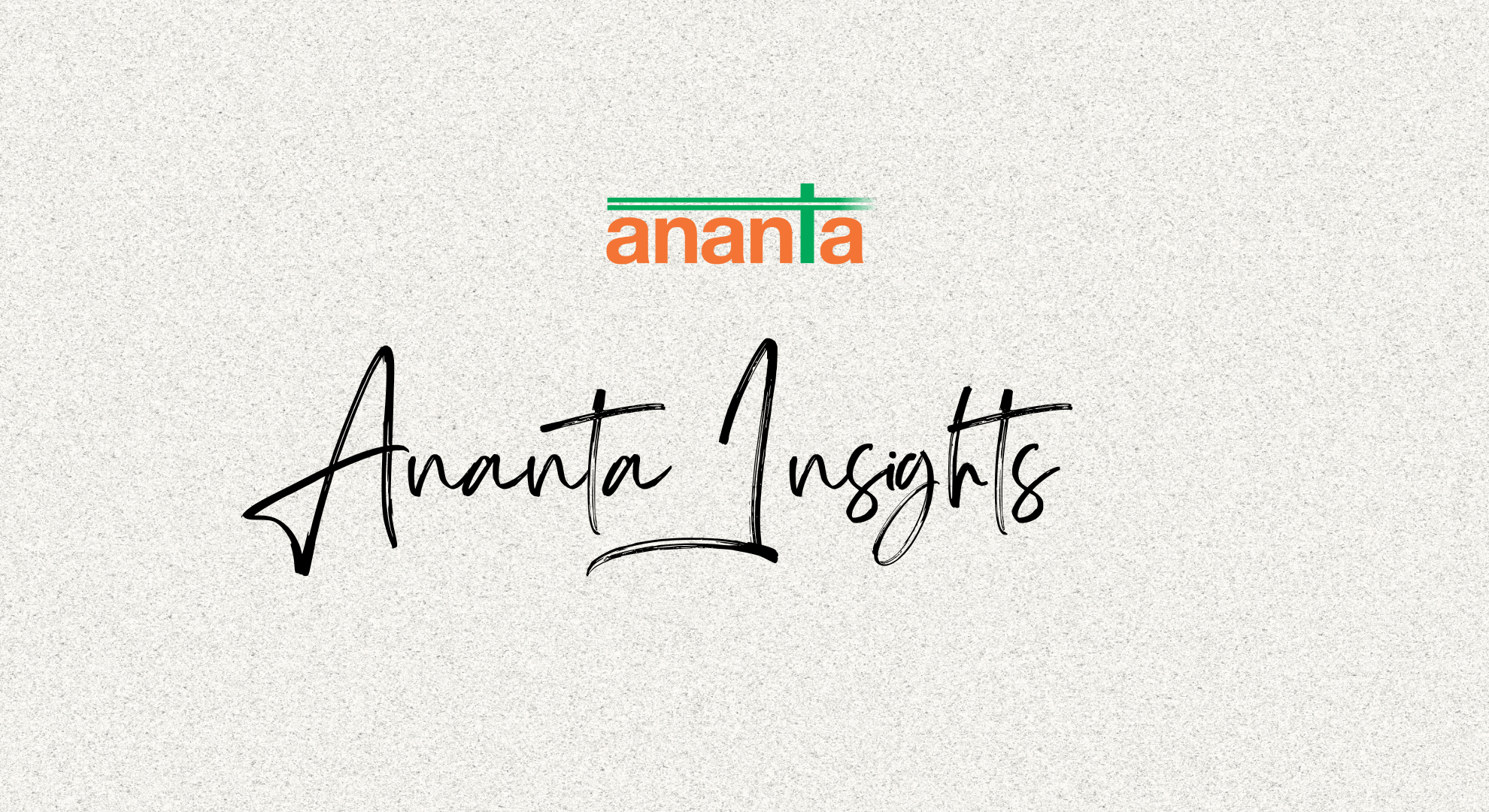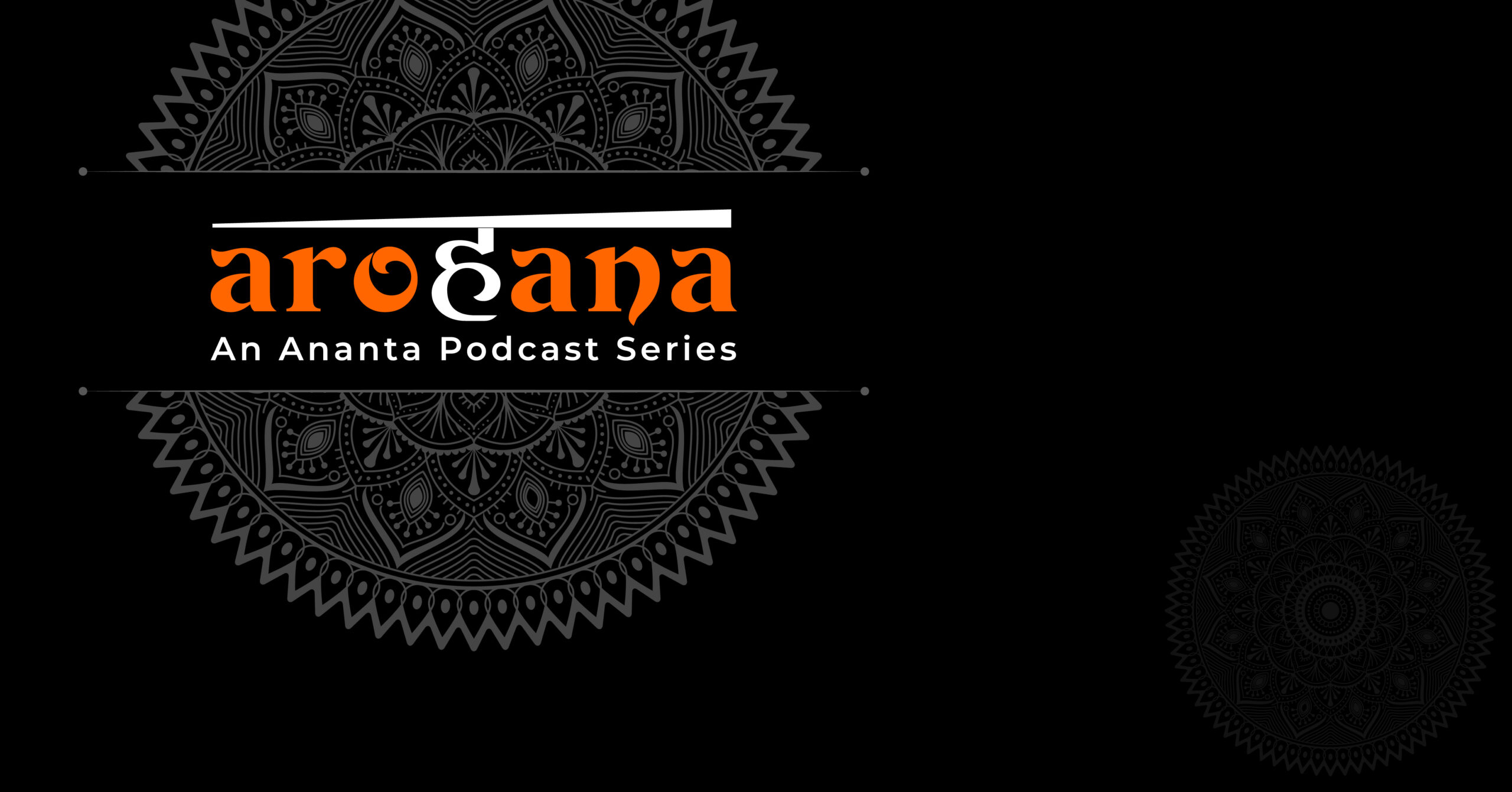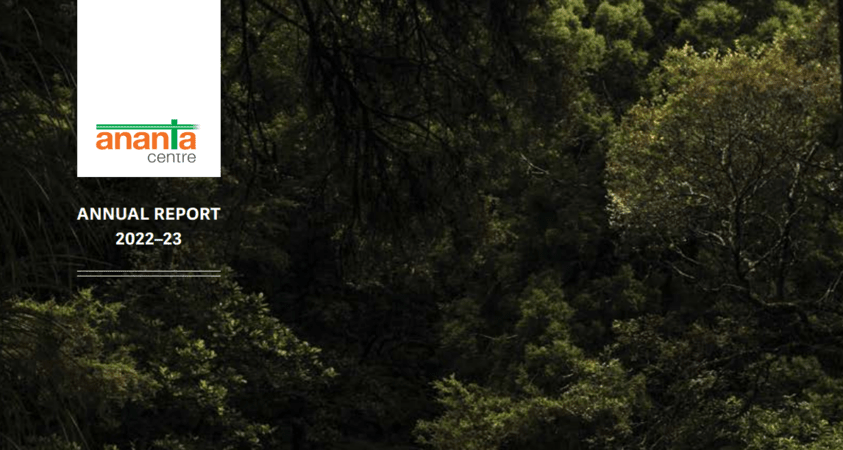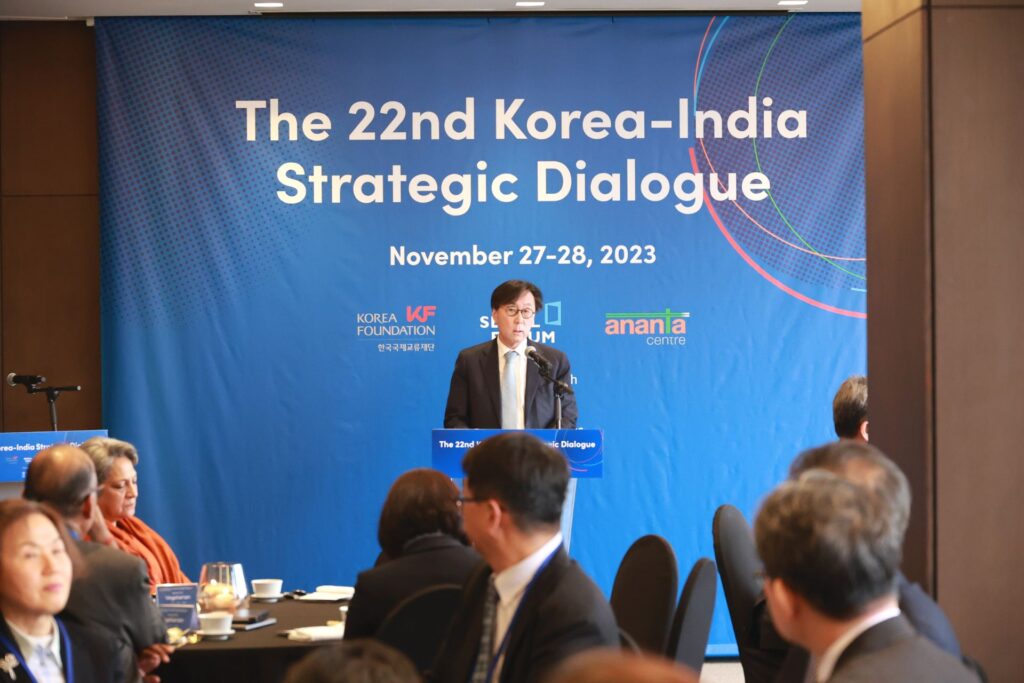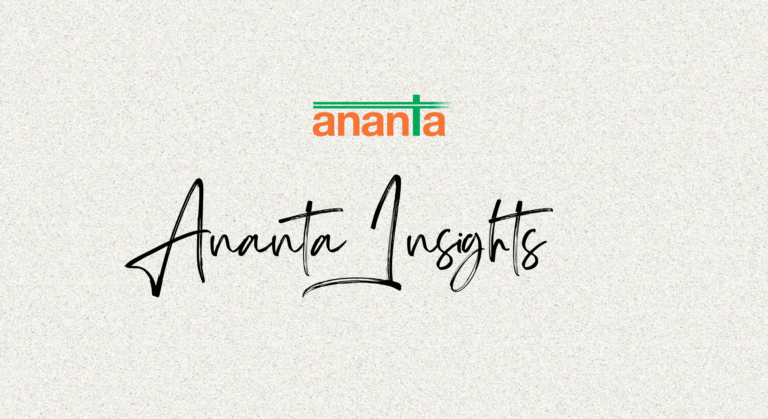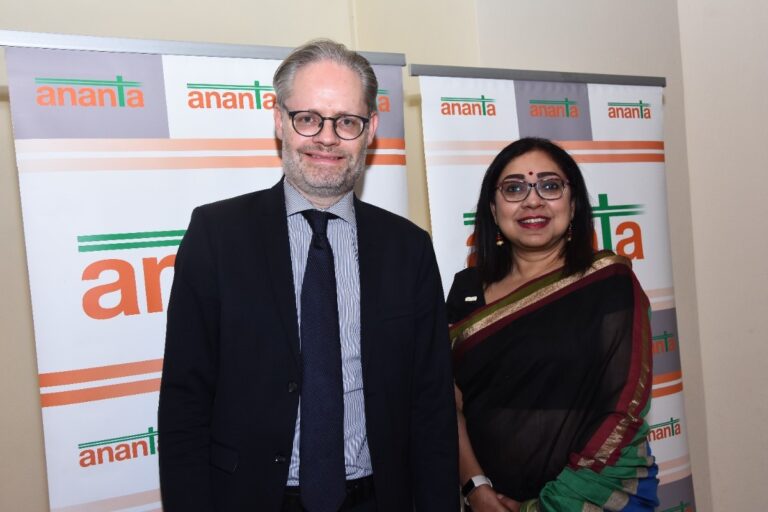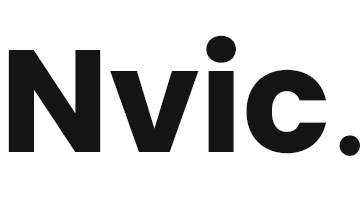Intersect: Africa
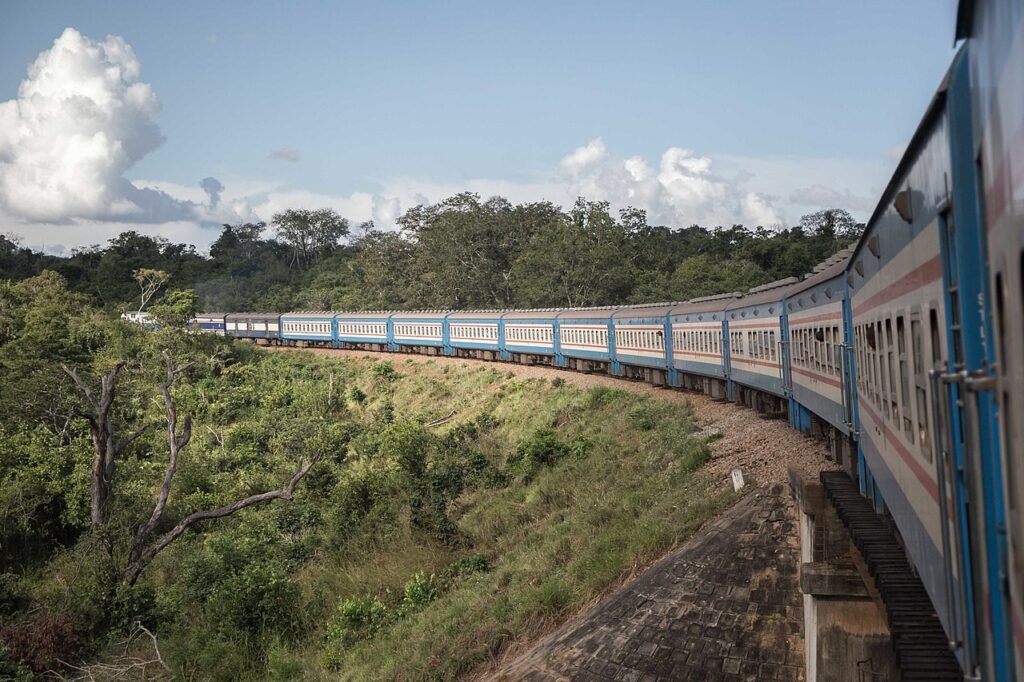
TAZARA Railway in Southern Tanzania – Train from Lusaka to Dar es Salaam
Source: By Davidktorza, CC BY-SA 4.0,
https://commons.wikimedia.org/wiki/File:Train_from_Lusaka_to_Dar_es_Salaam.jpg
Welcome to this edition of Intersect: Africa. This month, we track India’s deepening economic footprint across the continent—from digital payment infrastructure reaching Namibia to a cumulative investment of $75 billion reshaping energy and infrastructure partnerships. We explore how African economies are leveraging critical minerals and renewable energy to reshape their global positioning. We also showcase a start-up ecosystem that has matured beyond hype into disciplined, fundamentals-driven growth. Finally, we examine how shifting trade alliances and resource nationalism are creating new geopolitical fault lines, from the African Growth and Opportunity Act’s (AGOA) expiration hitting apparel workers to continental players reclaiming agency over their development agendas.
I
India’s Growing Economic Footprint in Africa
From $75 billion Investment to a New Strategic Partnership
When India’s Commerce Minister Piyush Goyal walked into the 20th CII India-Africa Business Conclave in New Delhi from 27-29 August 2025, he was celebrating a milestone that would have seemed ambitious just a decade ago. The Conclave’s theme was “Co-Creating a SHARED Future” and focused on areas like IT, climate, agriculture, defence, finance, healthcare, manufacturing, and infrastructure, building on the . Discussions emphasized sustainable collaboration, private sector expansion, critical minerals, and digital transformation. India has invested over , positioning itself among the continent’s top five investors. The conclave brought together delegates from more than 40 African nations, drawing business leaders, government officials, and entrepreneurs eager to explore what comes next.
What’s remarkable isn’t just the scale of investment—it’s the pivot happening in how India sees its role in Africa. The traditional story has always been India selling software and expertise to African markets. But the narrative at this conclave was different. India is now talking about co-creating solutions rather than exporting them. The focus shifted to infrastructure development, renewable energy, and something more profound: digital public infrastructure that could reshape how African economies function.
The conclave signalled that the relationship is moving beyond transactional. India pledged to support large-scale infrastructure projects across Africa through its $10 billion concessional credit line, with several Memoranda of Understanding expected to materialise. Manufacturing partnerships, agricultural ventures, and renewable energy collaborations were on the table. The real prize, however, was the discussion around digital platforms—India’s UPI, Aadhaar, and other tools that have transformed financial inclusion at home. And African governments were listening.
II
Tanzania and Zambia Strike $1.4 billion Deal to Revamp Colonial-era Railway System into a Mineral Corridor
The Tanzania-Zambia Railway (TAZARA) is a relic of another era. Built as a symbol of South-South cooperation in the 1970s with Chinese support, the 1,860-kilometer line stretches from Zambia’s copper heartland to the Indian Ocean, symbolising a time when the Global South dreamed of breaking free from Northern trade dependencies. By 2025, TAZARA had become a shadow of that ambition—aging, underutilised, and increasingly irrelevant in a world rushing toward digital supply chains.
On 29 September 2025, China’s China Civil Engineering Construction Corporation (CCECC) inked a historic $1.4 billion agreement to breathe new life into TAZARA, a vital route for shipping copper exports from the region. The deal grants CCECC a 30-year operational concession to modernise the line, with $1 billion dedicated to infrastructure upgrades and $400 million for new locomotives and wagons. What makes this deal significant, however, isn’t just the quantum of investment. It’s what it represents: Africa’s mineral wealth is no longer something to be simply extracted but, increasingly, something to be leveraged for geopolitical advantage.
The timing is crucial. Critical minerals—cobalt, copper, lithium, and rare earths—are the new oil. The West needs them for electric vehicles and renewable energy. China refines over 40% of the world’s copper and nearly 80% of its cobalt. By modernising TAZARA, CCECC essentially secures a corridor to move these minerals faster and cheaper—directly from Zambia’s mines to Chinese processing hubs. For Zambia and Tanzania, the play is more nuanced: while they are getting modern infrastructure and reducing shipping costs, they’re also deepening their dependence on Chinese logistics networks.
The railway’s modernisation is emblematic of how African nations are weaponising their resources. They’re not selling raw materials anymore; they’re selling corridors, supply chains, and strategic positioning. TAZARA’s transformation from a Cold War symbol to a 21st-century mineral corridor captures this dynamic perfectly.
III
Namibia Adopts UPI
India’s Digital Public Infrastructure is Taking Root Across Africa
Earlier this year, something quietly happened in Namibia. The country went live with India’s UPI payment system, becoming the first African nation to adopt this technology. It barely made headlines. But for those tracking how development models travel, it was a watershed moment. India isn’t just investing in Africa anymore; it’s exporting the infrastructure that powers its own economy.
The scale is striking. Nine of the 11 countries worldwide implementing India’s Modular Open-Source Identity Platform (MOSIP) are in Africa. Uganda, Rwanda, and Mozambique are exploring UPI adoption, while Ghana and other nations are watching closely. What’s driving this isn’t altruism—it’s pragmatism. India-Namibia trade has grown from less than $3 million in 2000 to approximately $600 million by 2024, with digital payment infrastructure playing a catalytic role in this acceleration.
At its core, this is about leap-frogging. African nations don’t have to wait for traditional banking infrastructure to build financial services. They can adopt platforms India has already debugged, refined, and scaled to 1.4 billion people. At the 2025 GITEX Africa summit in Marrakech, Indian tech companies showcased how their DPI stack—spanning identity, payments, digital commerce, and health records—could unlock productivity across the continent. Mastercard predicts Africa’s digital payments economy will reach $1.5 trillion by 2030, with Indian infrastructure tools expected to play a meaningful role in this transformation.
The shift is profound. It’s moving India from the role of investor to architect—helping African nations design the digital scaffolding upon which their 21st-century economies will be built.
IV
African Startups Show Sustained Momentum
$140 million Raised in September as Ecosystem enters Disciplined Growth Phase
The African start-up ecosystem has entered a new chapter—one defined not by the frenzied growth of boom years, but by disciplined, fundamentals-driven investing. In September 2025, African start-ups raised $140 million across 58 deals, bringing the total for the first three quarters of 2025 to $2.2 billion. While this may seem modest compared to July’s banner month of $550 million, it’s noteworthy for a different reason: it signals that Africa’s venture market is stabilising, not swinging wildly.
The narrative around African start-ups has shifted fundamentally. . This means more deals are materialising, but investors are pickier about capital deployment. The average ticket size has risen to $7.7 million, up 31% year-on-year, while the median deal climbed to $3.3 million. Investors are doubling down on proven founders and scalable business models rather than spreading bets thinly across unproven concepts.
What’s particularly telling is the surge in venture debt. In the first half of 2025 alone, $971 million in debt financing was raised—double last year’s total—with venture debt outpacing equity VC in a single quarter for the first time, hitting $563 million in Q2. This diversification matters. Entrepreneurs are using debt to extend their runway without diluting equity, while investors view it as a way to balance risk and return in a cautious market.
In September, top-performing start-ups included Nigeria’s Kredete, which secured $22 million in Series A funding for credit and stablecoin infrastructure; South Africa’s Pura Beverage with $15 million in Series B; and Contractable, also South Africa-based, with $13.5 million for digital identity solutions. Of the $140 million raised in September, equity financing accounted for $105 million (75%), debt instruments for $32 million (23%), and grants for $3 million (2%). The trend underscores a maturing ecosystem where multiple financing instruments coexist rather than equity dominating completely.
Geographically, the map is being redrawn. North Africa now leads the continent in venture activity, accounting for 26% of all deals and $248 million raised—marking its strongest performance in five years—while Southern Africa follows with 18% of deals but 25% of total funding, reflecting more mature companies and larger ticket sizes. Multi-region deals have declined sharply, dropping to 20% of total activity from nearly 40% before 2023, suggesting investors are focusing locally and strengthening national and sub-regional innovation clusters.
Sectoral diversification is reshaping where capital flows. Fintech still commands about one-third of total deal volume and value, but other sectors are breaking through: industrials accounted for 21% of deals driven by start-ups tackling logistics and mobility, while utilities and cleantech attracted 10% of total funding, buoyed by a landmark $55 million for a Kenyan mini-grid energy firm. Artificial intelligence and agritech are also emerging fast as contributors to early-stage activity. The shift reflects a broader transformation: Africa’s next wave of VC growth may be less about financial inclusion and more about infrastructure, energy, and technology that underpin the continent’s real economy.
Between November 2024 and October 2025, African startups collectively raised $3.2 billion, reflecting a 50% year-on-year increase, with $1.9 billion raised through equity funding—a 38% rise—and 207 ventures securing at least $1 million. If current momentum holds, 2025 could see Africa’s startup ecosystem close the year with $2.5 to $3 billion in total funding. The pandemic-era exuberance has faded, but what remains is a more measured, fundamentals-driven ecosystem—leaner, wiser, and better aligned with the realities of scaling on the continent.
5.
Africa’s Green Infrastructure Fund Breaks $100 Million in Pledges, Signaling a Shift in How the Continent Finances Its Future
When development projects stall in Africa, there’s usually one culprit: bankability. A government wants to build a solar farm or a water treatment plant, but the project isn’t structured in a way that private investors can understand or risk capital on. Solutions exist—they just require pre-development work, feasibility studies, and coordination that countries often can’t afford.
Africa50 announced in August that its Alliance for Green Infrastructure in Africa Project Development Fund reached its first closing at $118 million. The pool brought together the African Development Bank ($40 million), Germany’s KfW (€26 million), the UK’s FCDO, the Soros Economic Development Fund, and others. But the fund’s real value isn’t the capital itself—it’s the model. By taking on the risk of project development, AGIA is creating a pipeline of investment-ready climate and infrastructure projects that private capital can actually fund.
The fund aims to mobilize up to $400 million in mixed capital to finance climate-resilient and low-carbon infrastructure across renewable energy, sustainable transport, water, and ICT. Africa50 CEO Alain Ebobissé noted that the fund would support both established developers and new local players, strengthening African capacity in sustainable project development. The initiative aims to generate up to $10 billion of investment opportunities for the private sector long-term.
What’s significant here is the shift in principle. Africa isn’t waiting for the world to hand it solutions. It’s building the machinery to turn climate ambition into bankable projects. The continental infrastructure gap remains massive, but for the first time, the continent is taking control of filling it.
6.
Why Africa’s Apparel Workers Are Losing Their Jobs (And It Has Nothing to Do with Factories)
This is the story that nobody wants to tell you about trade: sometimes a technical legislative detail matters more than a factory shutdown.
On September 30, 2025, the African Growth and Opportunity Act (AGOA) expired—and with it, a quarter-century of preferential trade access for African exports to the United States. Congress failed to renew it. No drama. No public outcry. Just bureaucratic silence while over 6,000 African export lines faced sudden tariff hikes.
The absurdity is stunning. Lesotho, a small kingdom nestled entirely within South Africa, derives roughly one-third of its exports from AGOA—predominantly in apparel, employing tens of thousands of mostly women workers. When AGOA lapsed, those workers didn’t lose their jobs because their factories became inefficient or their competition improved. They lost them because tariffs jumped. Average tariffs for AGOA-eligible countries increased from below 0.5% to an average of 10% since April 2025, with labor-intensive sectors now facing levies of 15–20%.
Think about what that means. A garment worker in Lesotho manufacturing t-shirts for the US market just got priced out—not because she’s less productive, but because her government’s tariff preference evaporated. Fish, dried fruits, nuts from across the continent face double-digit tariff hikes. Apparel factories from Kenya to Madagascar face the same shock.
What makes it even more bizarre is the perverse incentive this creates. Countries like Nigeria, Angola, and the DRC—whose exports are dominated by fuels and minerals—face minimal tariff increases because these products already benefit from low most-favored-nation (MFN) rates. So the countries that diversified away from commodity dependence—that built manufacturing sectors—are being punished. Meanwhile, countries that remained commodity exporters are insulated. The bizarre message: specialize in raw materials, not finished goods.
Historical precedent suggests what comes next. Madagascar’s AGOA suspension from 2009–2015 led to export losses and factory closures. Lesotho’s apparel sector could follow a similar path—not because it’s uncompetitive, but because a law expired and Congress moved on to other priorities. It’s globalization’s cruelest irony: the winners of yesterday’s development game are suddenly on the outside looking in.
Further reads:
- Guinea and Mali Forge a Bilateral Economic Alliance, Sidelining ECOWAS Read more
- Egypt’s Renewable Revolution: $1.2 Billion in Clean Energy Projects Signal a New Energy Blueprint Read more
- Rwanda Doubles Down on Finance: New FinTech and Financial Sector Strategies Position It as Africa’s Silicon Valley of Banking Read more
- Nigeria and Ethiopia’s $2.5 Billion Fertiliser Plant Marks a Tectonic Shift in African Agriculture Read more
- The Lesotho–Botswana Water Transfer: Southern Africa’s Next Megaproject Takes Shape Read more
Thank you for taking the time to read our Africa Insights this month. Stay tuned for our next edition.

